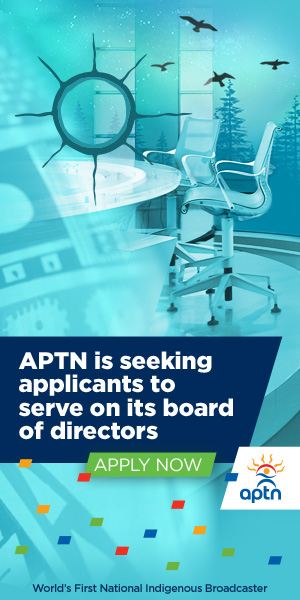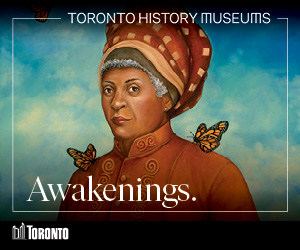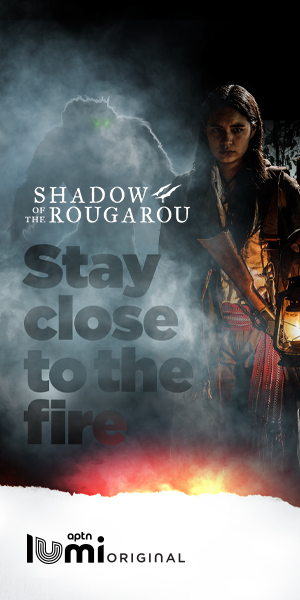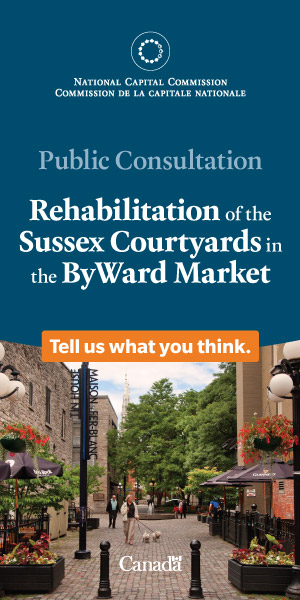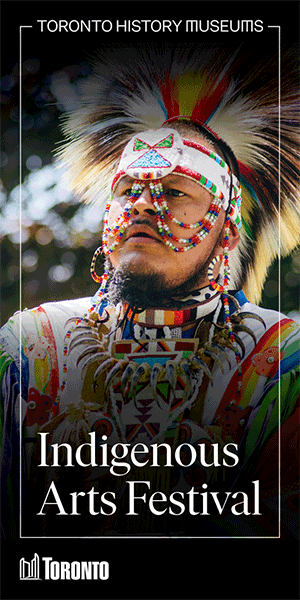
“Camp life here, it’s interesting. The kids, the people – they get a taste of what life used to be,” expressed Siksika’kowan Hutch Sitting Eagle, the owner of the 2019 Elbow River Camp’s ‘Best Tipi’. It’s yellow, green, red, and brown, and six white dots are painted on the smoke ears in order to protect and honour the tribes children. As we talk, we face the poles of his tipi, which have already been tied up to a long trailer, hitched to a truck, and are about to make their journey back east to Siksika Nation.
“We have an opportunity here to grow, and to teach our children,” Sitting Eagle said. “We have the opportunity to show these children, and not to use what has happened to us in the past as a crutch. When we went through residential school, it was an awful time, yes. We use that to get stronger. We use that to get better. We don’t say ‘okay, I’m like this because of that’. No. We say: ‘I’m gonna’ be a better person for my children so that I can be a better leader for them so that they know how to live in this day and age, and they know how to grow in the fast-growing global culture.”
Many Blackfoot, Dene, and Stoney youth come to this camp when seeking to understand their tribes history. Just sitting in the setting of an old tipi camp circle is so important. The camp has this essence generated from all of the families at the camp that sleep in their tipi’s for the 10 days. They adorn their tipi’s with pine, cedar, sage, mint, or sweetgrass to wash away negative energy. Inside, a home is made. Beds, big and small, encircle ashen firepits. A place of conversation, of night-time teachings. This place is an all around sanctuary that stirs blood memory, reminiscent of a time long ago.
“For me, I love coming to the Stampede, don’t get me wrong, but what I love more is once I’m done here I get to go to my Sun Dance,” Sitting Eagle is talking about the Siksika Sun Dance at the end of July. After inviting me, an opportunity I most definitely accepted, he smiles and says: “Stampede is just a stepping stone for some of our children, and in the end they get to go to the Sun Dance and see what a real camp is like.” Every year, so many youth experience the Elbow River Camp and “say: ‘well, I was at the Stampede. Now I want to really learn’.”
The Stampede’s First Nation Princess, Astokomii (meaning ‘Calling Thunder’ or ‘Voice of Thunder’ in Blackfoot) Smith expresses that she sunk more into herself during the Stampede, and gained more confidence during her reign. “I used to be very scared to speak in front of a crowd, but the other day I spoke in front of over 20,000 people, and I wasn’t nervous at all.” She averaged 12-15 events per-day, working about 16 hours for each of the 10 days.
Another youth, Lucas Healy, worked at the camp as a Junior Interpreter, working everyday 10am til 4pm. “It was a great experience working with my people and getting to know more about my culture,” he says. “Now-a-days you don’t really get to have that kind of environment around as much.” We really don’t here in Calgary. Setting up a tipi here can easily be mistaken for a protest. So the Elbow River Camp is a welcome opportunity to put such misconceptions to rest.
“Our purpose here is to share who we are so that people from around the world know who we are,” says Sitting Eagle. “To respect that we were here first. To respect that we are real. You don’t have to go to a museum to see us. We’re here. We’re a living culture. We haven’t died. Our language isn’t gone, it’s just been put away for a while. Our culture isn’t gone, it’s been put away.”
The Treaty 7 tribes include the Blackfoot Confederacy, comprised of the Siksika, Piikani, and Kainai nation; the Sioux, who reside around the gateway to the Mountains – Stoney Nakoda; the Dene, whose Tsuu’Tina Nation lays on the outer curve of Calgary. Coming together as the ever representative Elbow River Camp, these tribes teach the public of the oldest human culture/history/knowledge/interpretation/essence of these prairies, foothills, mountains, and rivers.
Experiencing the Elbow River Camp is a great stepping stone to true understanding. The next steps are taken when we seize opportunities like sleeping in a tipi, going to a Sweat Lodge, experiencing a Sun Dance, attending a Pow-wow, reading about First Nations history, listening to an elder speak, learning a/your tribes language, or even simply taking a hike through nature. Take that step, it’s so important.



















